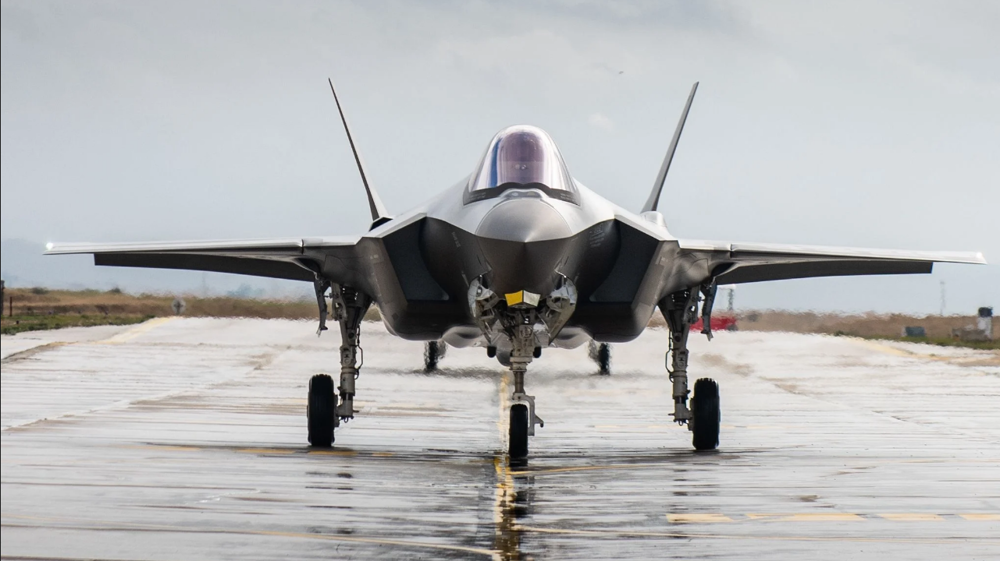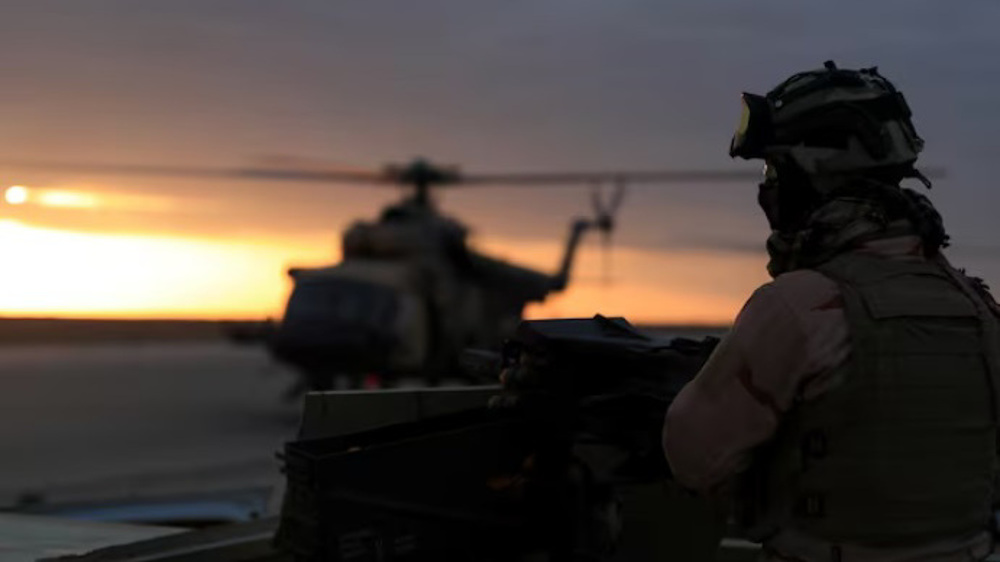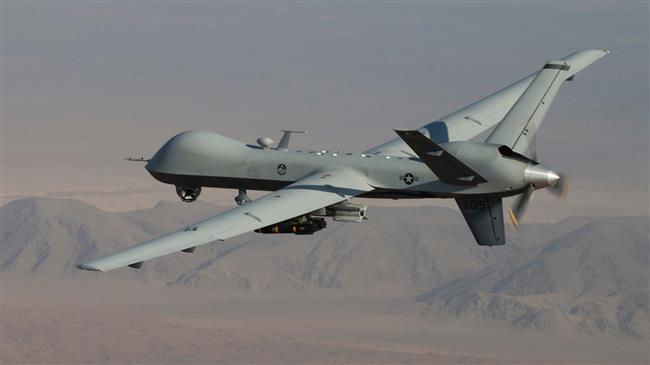US Navy sets date to test-fire hypersonic weapons, warns of its 'existential threat'
Acting US Secretary of Navy Thomas Modly has reportedly announced plans to develop and test-fire hypersonic weapons later this year while cautioning that such weapons can “pose an existential threat” to the country.
Describing the development of hypersonic technologies as the “Sputnik” moment of the 21st century, Modly further compared the move to the 1960s-era Space Race with the former Soviet Union in a memo sent to the Navy last week, military.com reported Friday, forecasting that the emerging global competition to develop the weapon “could set the US apart from its adversaries into the future.”
With hindsight, the Soviet Union's Sputnik satellite launch "should heighten our awareness that major technological breakthroughs such as hypersonic weapons can destabilize the global security environment and pose an existential threat to our nation," Modly stated in the memo as quoted in the report.
"In fact, the possible applications of hypersonic technologies have already changed the nature of the battle space, much as nuclear technology did in the past century. That is why, when it comes to hypersonic weapons, our command today must be 'All Ahead Full,'" he added.
Modly's memo also outlined what the report referred to as “a robust schedule for the Navy, a lead service under the Pentagon's conventional prompt global strike program,” enabling the American military to strike targets anywhere in the world within an hour.
The report further cited US military authorities as claiming that hypersonic weapons, like nuclear arms, “can act as deterrents, as well as game changers, in responding to conflict from hundreds of miles away -- especially weapons that move at five times the speed of sound or more.”
A flight experiment for the weapon has been scheduled for later this fiscal year “to demonstrate the effectiveness of the Navy-designed Hypersonic Glide Body,” it added.
The glide body vehicle accelerates to high speeds before separating its payload and gliding toward its intended target, according to the Defense Advanced Research Projects Agency.
Modly also stated that the Navy will also conduct launcher testing for the weapon throughout the year.
The development came after US Defense Secretary Mark Esper announced last month that Pentagon is "doubling down" on hypersonic technology and other cutting-edge weapons, and it's continuing to clean house on older systems to fund the investment.
"We have significantly ramped up flight testing and other experimentation so we can accelerate the delivery of this capability in all its forms," Esper underlined during a January 24 speech at the Washington-based think tank, the Center for Strategic and International Studies.
He further noted that the US military had nearly doubled its long-term investment in hypersonic weapons, with almost $5 billion allocated in the fiscal 2020 budget alone and an "even stronger" fiscal 2021 budget request in planning.
Esper also pointed to the National Defense Strategy's focus on China foremost, and Russia second, as near-peer competitors and impetus for new war fighting concepts and investments.
"We have a lot of support from Congress, and we have to bridge this gap now between what was Cold War-era systems and the counterinsurgency, low-intensity fight of the last 18 years, and make this leap into great power competition with Russia and China -- China specifically," he emphasized. "And that requires, again, a whole new way of thinking."
Meanwhile, Kingston Reif, director of disarmament and threat reduction policy at the US-based Arms Control Association, was cited in the report as insisting that, while much advocacy has centered on keeping pace with Russia and China, the Pentagon has yet to "specify a military rationale for rushing to test and field them."
"The relevant question is whether we need hypersonic weapons to ensure penetration of advancing adversary [anti-access/area denial] capabilities and strike targets more promptly," Reif underlined. "In my view, that case has yet to be made, certainly not to the extent that would justify the current pedal through the floor development approach. I think more attention needs to be paid to the crisis stability and escalation risks the weapons could pose."
This is while Modly further called in his memo for the US Navy and Marine Corps to work closely together to accelerate how the services explore hypersonic use.
"The bottom line is that our Navy and Marine Corps team will need to move forward together, reaping the keen intellects and experiences of everyone onboard today in order to fully leverage the full potential of these new weapons in the future," he wrote.
Marine Commandant Gen. David Berger also stated last month that it was imperative the Navy and Marine Corps integrate more often, getting back to their naval roots should a fight with China arise, according to the report.
US federal immigration agents detain 5-year-old boy in Minnesota
Trump used presidency to pocket $1.4 billion in first year back in office: Report
EU divided over new Iran sanctions
China hits US with economic counteroffensive after Maduro’s abduction: Report
Ben-Gvir arms more Israeli settlers amid rising violence in West Bank
'Hands on trigger': IRGC warns US and Israel against any miscalculation
VIDEO | US and Israel’s failed terrorism
After Venezuela, Trump sets sight on Cuba for 'regime change': Report













 This makes it easy to access the Press TV website
This makes it easy to access the Press TV website